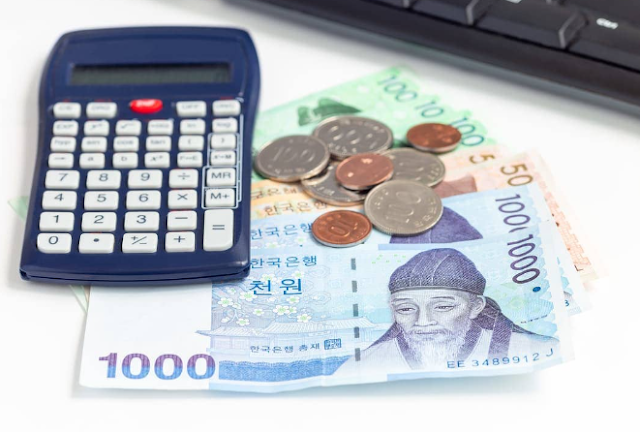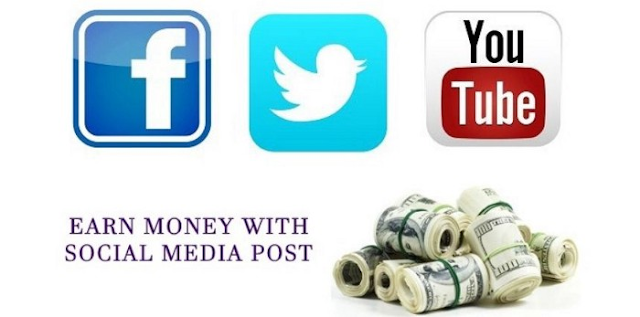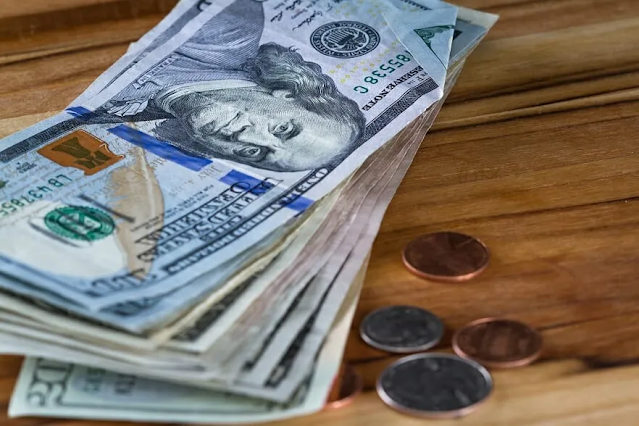Knowing the South Korean Won: Everything You Need to Know
South Korea has dramatically entered the cultural zeitgeist through the expansion of its pop culture and is now a well-liked travel destination. It's also rapidly rising to prominence as one of the world's major centers for information and technology. But how has this all affected the South Korean won?
The South Korean won must have changed as a result of such a quick ascent to fame. And it has, but perhaps not to the extent that many might anticipate. The South Korean won's history, current trends, some amusing trivia, and an overview of exchange rates will all be covered in this page. But first, the fundamentals must be covered.
XEM THÊM :
Tập hợp những cách đánh bài phỏm hay nhất Việt Nam
South Korean Won Basics
The South Korean won's ISO code is KRW, and its symbol is. One won is divided into 100 jeon, despite the fact that jeon are only useful in the currency market and are no longer utilized for regular transactions. The Seoul-based Bank of Korea is responsible for issuing South Korean currency.
Denominations of South Korean Banknotes and Coins
There are currently 1, 5, 10, 50, 100, and 500 won coins and 1,000, 5,000, 10,000, and 50,000 won banknotes in circulation, respectively. The Bank of Korea had stated that it will begin printing 100,000 banknotes in 2009, but due to criticism regarding the intended picture, the new notes were withdrawn from circulation before they could be used.
Security Measures
In the 2000s, winning bills were frequently counterfeited, which raised worries. As a result, a new, redesigned series with more sophisticated security measures was produced. The nation's banknotes issued after 2006 all include at least ten security measures.
Watermarks, color-shifting ink, and three-dimensional pictures are some of the more prevalent elements. The Korean mint even began incorporating a new ingredient into the ink to aid in the detection of fakes. Later, this detecting method was introduced in North America and Europe.
History of the South Korean Won
Throughout the ages, different currencies have been used in Korea, but the won was initially used in 1902 under the Korean Empire. Its ancestor was the Spanish-American dollar, which up until the 19th century was the most widely used money for trade between the Americas and Asia.
In 1901, the Korean Empire embraced the gold standard, joining a large number of other nations that had already done so. The following year, the won was first issued. It took the place of the yang, Korea's currency since 1892. The initial winning coins, which were produced in 1, 5, and 10 wine denominations, were made of 90% gold.
South Korean Currency During Japanese Rule
After winning the Russo-Japanese War in 1904, Japan seized the Korean peninsula and began dictating Korea's monetary policy. The Bank of Korea was abolished, and Japanese mints began producing gold Korean won coins.
The Korean yen thereafter replaced the won as the Japanese Empire effectively seized Korea in 1910. Up until the end of World War II, the Korean yen, which was equal to the Japanese yen, was in circulation.
The North and South Korean Won
As Korea was split into the North and South after World War II, the won was restored, albeit as two different currencies. The South Korean won had a fixed exchange rate of 15 won to 1 dollar when it was first launched.
However, due in large part to the Korean War, South Korea experienced significant inflation and a swift devaluation of its currency over the following few years. 1 US dollar was equivalent to 6,000 Vietnamese won in April of 1951. In 1953, the hwan was introduced to take the role of the won, and one hwan is equivalent to 100 won. Therefore, 60 hwans equaled one dollar.
The First South Korean Won was the name given to the South Korean victory that lasted from 1945 to 1953.
The Second Won
With the introduction of the hwan, the rapid rate of inflation continued, and by 1961, one US dollar was equivalent to 1250 hwan. When the won was reinstated in 1962, the South Korean won finally stabilized and inflation began to moderate. Ten hwans were equal to one new won.
Although the won replaced the hwan as the country's official currency, the hwan continued to be used until 1975. On March 22, 1975, the South Korean won was officially recognized as the country's only form of legal money.
The Won from 1975 to Today
The exchange rate for the second South Korean won remained constant. From 1980 onwards, gradual steps were made to allow the won's exchange rate to float. A contract between the South Korean government and the IMF was signed in 1997, allowing the won to trade at a floating rate.
The South Korean won lost about half of its value during the 1997 Asian financial crisis, which unfortunately struck just as the won started to have a floating exchange rate. The Indonesian, Thai, and South Korean wons were the most severely affected by the crisis.
Positively, South Korea recovered rather rapidly, and its currency has remained steady ever since—at least in comparison to earlier decades.
Why Is South Korean Currency so Weak Compared to the Dollar?
The repeated instances of inflation and devaluations of the South Korean won's value have caused the won to be exceedingly weak relative to the dollar, as we've mentioned above. Additionally, the won has been losing value in 2021, primarily as a result of increasing inflation and rising oil prices.
As a result of everything, as of November 2021, 1 USD was equivalent to around 1,190.00 KRW. However, because of the won's volatility, prices can shift quickly, so if you're curious about the current won exchange rate, you should utilize a currency converter.
Is It Wise Investing in the South Korean Won?
Making predictions about highly volatile currencies like the won is quite challenging. The South Korean won has a long history of depreciating, which is a fact. On the other hand, South Korea has the fourth-largest GDP in Asia, which is one of the elements that might affect a currency's strength.
Is North and South Korean Currency the Same?
No, the currencies of North and South Korea are not equivalent. The South Korean won is labeled with the international code KPW while the North Korean won is not convertible to other currencies. Both have the same name and use the same symbol. The North Korean won is divided into 100 chn, while the South Korean won is divided into 100 jeon.
Some Interesting Facts About the South Korean Won
The Name of the Won and Jeon
Won, which shares a cognate name with the Japanese yen and Chinese yuan, is derived from a sign that denotes an object's roundness. In South Korea, Won is also used as a given name. Jeon, a subunit of the won, however, signifies "money."
Alternative Spelling
It's interesting to note that the spelling of won can also be written as 'hwan,' which is the same as the South Korean currency from 1953 to 1962.
Size of the Bills
The size of won banknotes varies depending on the denomination. The size of the banknote increases with the denomination. Thus, the largest banknote is the 50,000 note.
Won Coins May No Longer Be in Circulation
Since 2017, the Bank of Korea has been conducting an experiment in which customers in some stores can deposit change into prepaid cards rather than coins. This can result in a complete halt to the manufacture of won coins.
The ₩50,000 Banknote
The only bill with a woman on it is the $50,000 bill. It shows Shin Saimdang, who is shown as the ideal Korean woman and is described as a "smart mother and good wife."
Can You Place Online Money Orders for the Won?
In the US, few banks or exchange bureaus accept South Korean won. However, US First Exchange accepts online money orders, and they will deliver your currency directly to your home. Expect your currency to arrive within 24 to 48 hours of making your payment by credit card, bank draft, or money wire.
Read Article:






Comments
Post a Comment